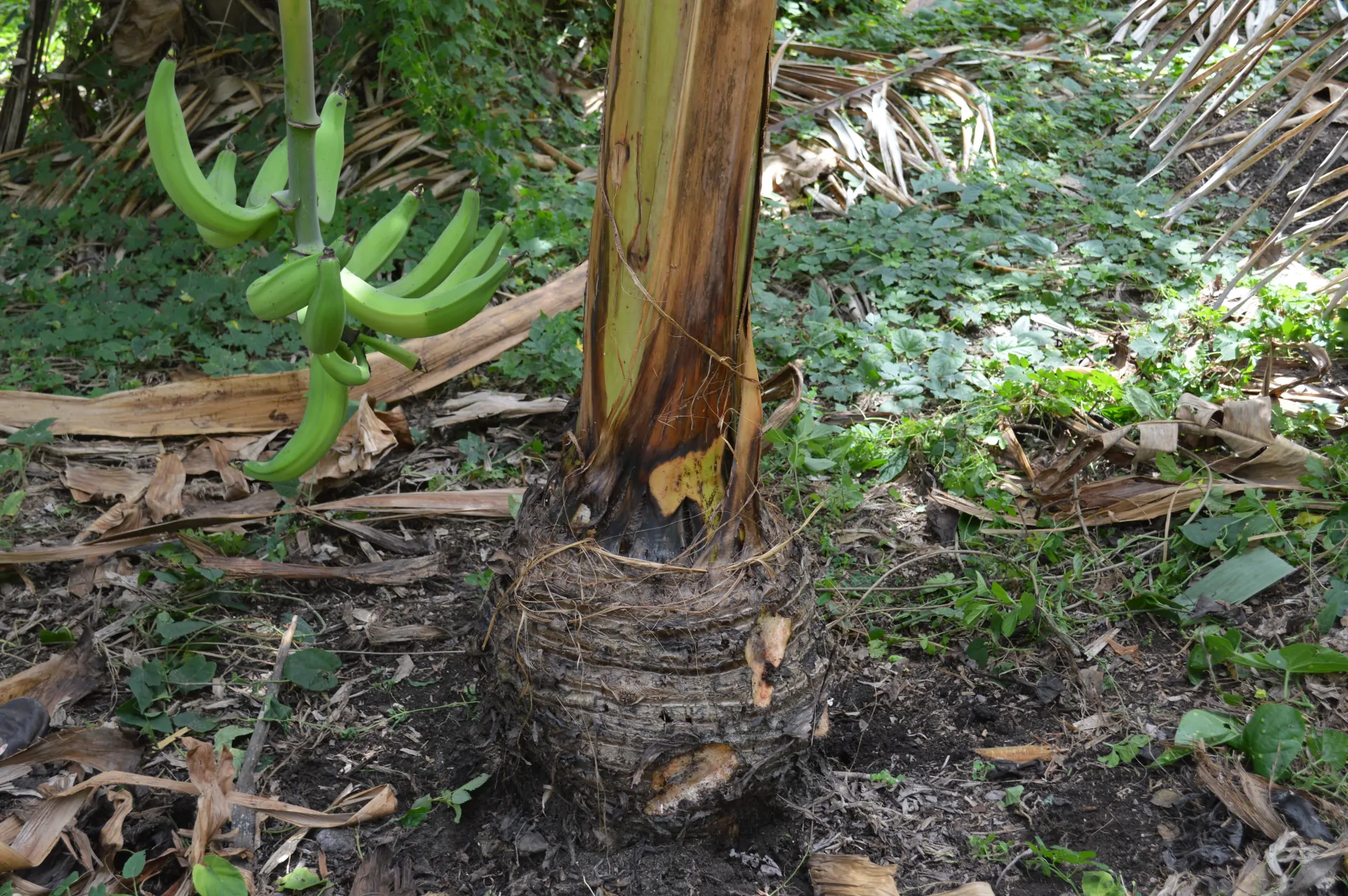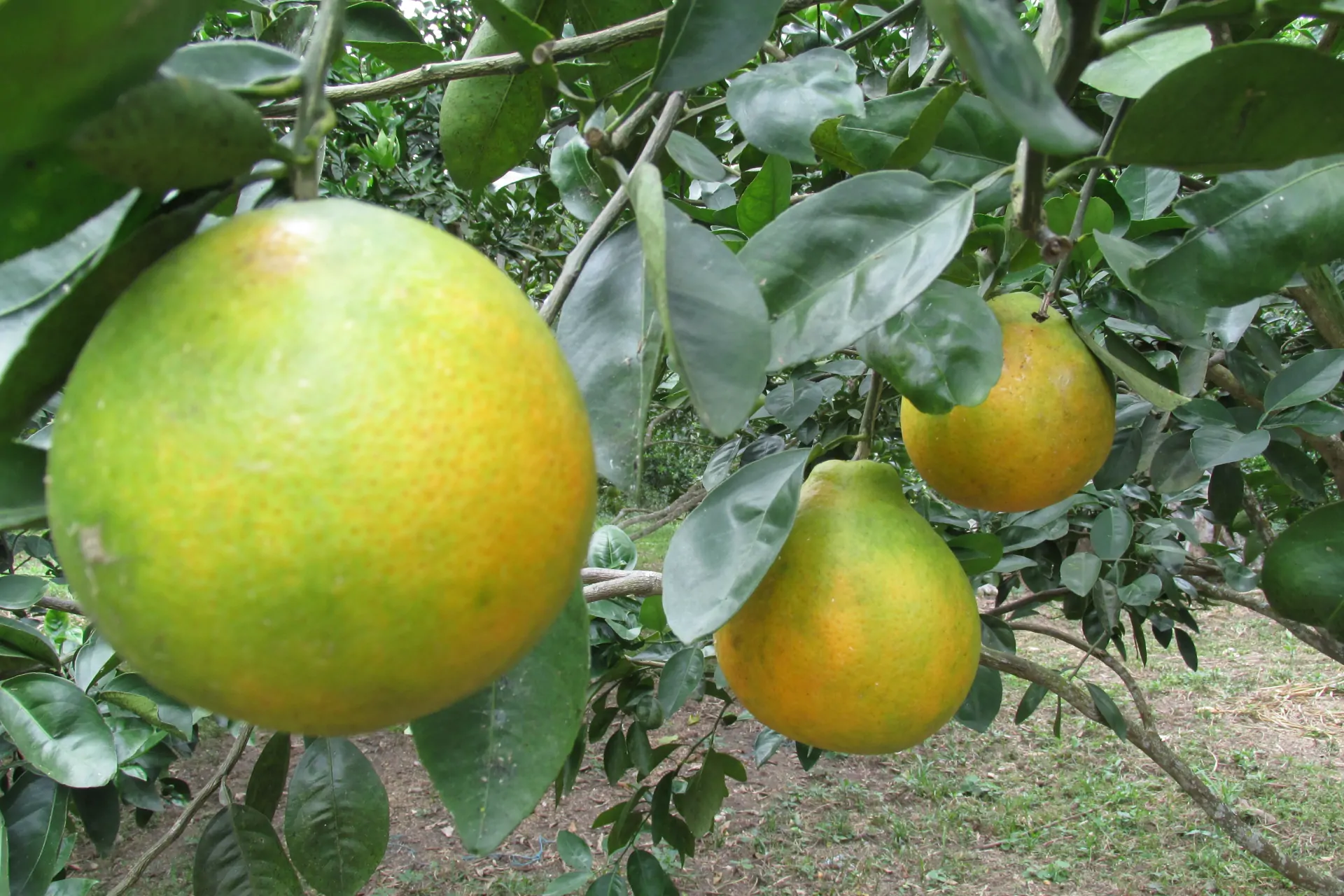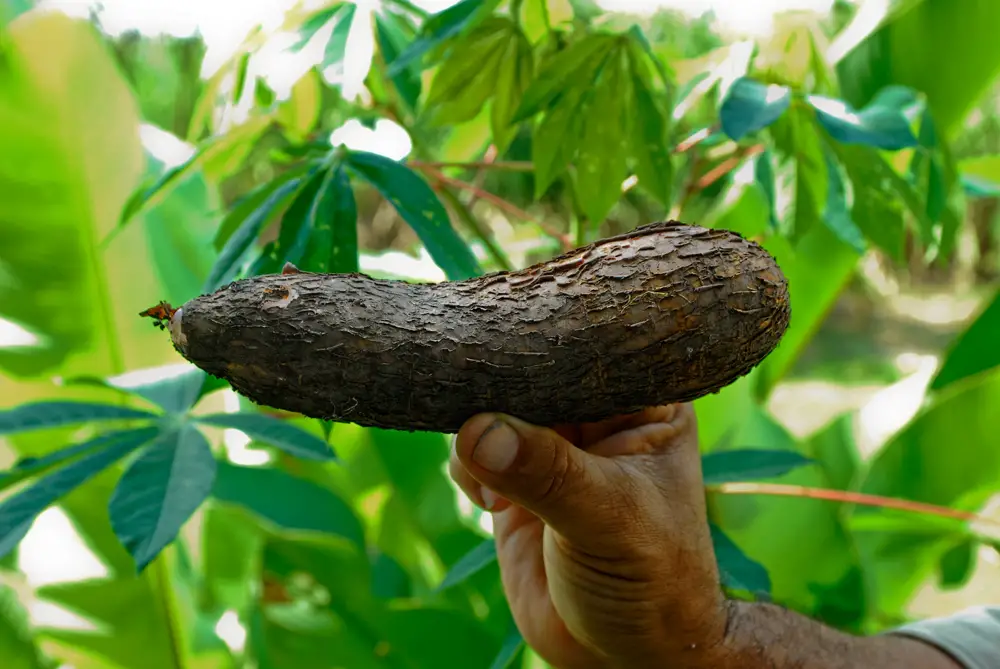Cassava
Southeast Asia and Latin America
Musa
Ulloa - Valle del Cauca, Colombia.
Social media
Monitoring the Emergence, Occurrence and Global Distribution of Pests and Diseases
We collect, integrate and analyze data on the global occurrence of crop pests and diseases available from different public sources. A toolkit to facilitate these activities is under development.
ToolkitPestDisPlace Reporter: Cassava Witches Broom Disease (CWBD)
CWBD is a major transboundary disease of cassava in Southeast Asia. Characteristic symptoms include vascular necrosis and proliferation of short inter-nodes with small yellowish leaves (phyllody) inthe middle or top parts of cassava stems. The disease was reported for the first time in the Pacific Islands of Wallis and Futuna in 2005, and its most recent emergence registered since 2009, in Southeast Asia. The PestDisPlace Reporter map below, shows the current information available on the occurrence of the characteristic symptoms of CWBD
Curated by Wilmer J. Cuellar (ORCID 0000-0003-4702-3237)
PestDisPlace Reporter: Sri Lankan cassava mosaic virus (SLCMV) 
SLCMV is one of several viruses that cause Cassava Mosaic Disease (CMD), a major disease of cassava in Africa and Asia. This particular virus isolate was reported for the first time in Sri Lanka in 1998, and its most recent emergence registered in 2015, in Southeast Asia. The PestDisPlace Reporter map below, shows the current information available on the occurrence of CMD caused by SLCMV. In all cases, the virus now reported in Southeast Asia, is more than 93% identical in nucleotide sequence to isolates from the South of India and Sri Lanka.
Curated by Wilmer J. Cuellar (ORCID 0000-0003-4702-3237)
PestDisPlace Reporter: Potato purple top (PPT)
En la región andina, la papa está amenazada por muchas plagas y enfermedades. En Ecuador, recientemente, se ha reportado la presencia de la punta morada de la papa, el chip cebra de la papa (conocido también como papa rayada o manchado interno del tubérculo) y el psílido de la papa. Hasta ahora estos problemas han estado restringidos a ese país; sin embargo, si se propagan a los países vecinos de la región tienen el potencial de causar grandes pérdidas a la industria de la papa, afectar los medios de subsistencia de los agricultores, especialmente de los pequeños, e incluso destruir la diversidad genética de este cultivo.
Curated by Segundo Fuentes (ORCID 0000-0001-8433-809X)
PestDisPlace Reporter: Fusarium Wilt (Foc TR4)
Banana production is seriously threatened by a new strain of Fusarium oxysporum f.sp. cubense (Foc), the tropical race 4 (TR4). This soil-borne fungus causes a disease called Fusarium Wilt (FW), in a diverse range of banana varieties including Cavendish clones and is no longer restricted to East and Southeast Asia. The transboundary spread of this pathogen is of great concern now in Africa and the Americas. The PestDisPlace Reporter map below, shows the current information available on the occurrence and early warining reports of FW caused by Foc TR4.
Curated by Miguel Dita (ORCID 0000-0002-0496-4267)
PestDisPlace Reporter: Spraing Disease (PMTV and TRV)
PMTV is the causal agent of “spraing” disease of potato in temperate regions of the world. The virus induces the formation of necrotic arcs in the tuber flesh, reducing marketable quality. V-shaped chlorosis can also be observed in the leaves when conditions are favourable (low temperature and high humidity). Tobacco rattle virus (TRV, Tobravirus) also induces similar necrotic symptoms in the tuber flesh. The PestDisPlace Reporter map shown below, focuses on PMTV and related pomoviruses that represent an epidemiological risk to the crop. The highest diversity of the viruses has been recorded among isolates from the Andes, while in the rest of world, nucleotide identities range from 98 to 100%.
Curated by Jose F. Gil (ORCID 0000-0003-2749-2490)
PestDisPlace Reporter: Cassava frogskin disease (CFSD)
Since its first description in 1971, from affected cassava fields in Quilcacé (Cauca, Colombia), CFSD has spread in South and Central America where it has been associated to different pathogens. The disease induces the formation of characteristic lip-like deformations in the skin of the cassava roots, similar to the wrinkled skin of certain animals, hence the local names “Cuero de Sapo” (frog skin) o jacaré (“alligator”). The disease affects the storage roots of cassava, and only in some varieties it can induce leaf-mosaic symptoms (reported as Caribbean mosaic). Thus the effect of the disease on root yield is observed only when the plants are harvested. The PestDisPlace Reporter map shown below, indicates the approximate location of the disease as available from scientific publications, official reports and validated field reports.
Curated by Juan Manuel Pardo (ORCID 0000-0003-0496-3181)
PestDisPlace Reporter: Cassava Brown Streak Disease (CBSD) 
Since its first description in 1936, from cassava fields at the foothills of the Usambara Mountains (Amani, Tanzania), CBSD and its causal agent, the ipomovirus ‘cassava brown streak virus’ have been reported along East Africa, and recently in a few locations in DRC. The disease induces yellow/brown necrotic lesions in the cassava roots and feathery chlorosis along the smaller leaf veins, that may later develop into chlorotic blotches. Infected stems present brown lesions or streaks. CMSD is transmitted by whiteflies and by contaminated stakes. The PestDisPlace Reporter map shown below, indicates the approximate location of the disease, as available from scientific publications, country reports and validated field reports.
Curated by: Jenyfer Jimenez (ORCID 0000-0001-8149-6615)
More information about the PestDisPlace team: https://alliancebioversityciat.org/virology-lab
Social media
Join Us!
Make a difference combating crop pests and diseases. This work is made possible by CIAT research teams and research partners from all over the world sharing their monitoring and diagnostic data.




